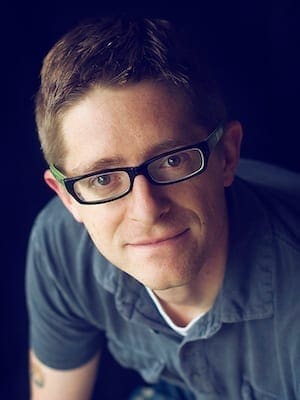My research on the anti-trafficking movement in Thailand primarily tracked U.S. Christian networks.
As I suspected, the many missionaries and humanitarians I interviewed represented remarkable diversity.
Some, horrified by sex trafficking, emoted like the passionate evangelicals they were. Others articulated the structural causes of trafficking with considerable sophistication.
Some prescribed spiritual conversion. Others recommended more rescues. Still others suggested preventative measures.
As a historical “splitter,” I was inclined to notice considerable heterogeneity in my scholarly subjects.
What I did not expect – but should have – was a similar level of diversity within the Thai population.
Most of my Thai sources expressed considerable animus against the rescue-style methods of Western Christians.
They criticized top-down management styles used by Americans. They censured the bluntness and speed and money of activists from the outside who do not accommodate Thai culture.
They critiqued American preoccupation with sex trafficking compared to humans enslaved and abused in the fishing, construction and domestic labor industries.
But not all of them. Take, for example, “Somchai,” a man I interviewed at a Starbucks by a busy stop on Bangkok’s Skytrain.
This Thai anti-trafficking investigator has spent the last 15 years fighting human trafficking. He began his career with the United Nations but quickly tired of “empty talk” without much action.
And so he joined a prominent Christian nongovernmental organization to work as an investigator of sex-trafficking crimes.
Somchai’s very first rescue hooked him. At the end of the mission, after he thought he had searched the entire brothel, he heard a soft but persistent crying noise. After a prolonged search, he finally pushed a couch aside and found a secret door.
Behind the door was darkness, humidity and an awful stench. “No human being or creature could live in there,” thought Somchai, but he found a little girl cowering in the corner.
When Somchai entered, the girl “freaked out,” not knowing that Somchai was there to rescue her. He carried her crying and shaking body out and gave her to a social worker.
Then Somchai got his reward. Just as he was about to leave the site, the girl ran away from the social worker, grabbed his hand and said, “Thank you.” He saw in her eyes that she really meant it.
From that moment, Somchai decided that this would be his job – and mission – for the rest of his life.
When his employer decided to move from rescue work to prevention, Somchai rebelled. He accused them of not caring about other victims of sex trafficking. He said they rigged the data that informed their decision.
He was given only several weeks to look for victims, even though, he said, it takes two months to develop a single case. It takes time to gain the confidence of brothel owners and to collect evidence.
Under pressure from other interests, the organization was trying to justify shutting down the rescue program. Somchai most definitely did not decry the rescue orientation of most Westerners.
For a scholar seeking to construct a coherent narrative, these kinds of exceptions can be frustrating. It is easy to resist – or underplay – the variations represented by people like Somchai.
This instinct for coherence and historical “lumping,” however, feeds a phenomenon called “outgroup homogeneity.” This is the tendency for members of a group to see their own members as more diverse than members of other groups.
For example, studies have revealed that people of other races do seem to look more alike than members of one’s own race.
When white students were shown faces of a few white and a few black individuals, they later more accurately recognized white faces they had seen and often falsely recognized black faces not seen before. The opposite results were found when subjects consisted of black individuals.
Another study asked 90 sorority members to judge the degree of within-group similarity for their own and two other groups. It was found that every participant judged their own sorority members to be more dissimilar than the members of the other groups.
Outgroup homogeneity often reflects narcissism and a lack of empathy toward others.
It recognizes complexity in ourselves but builds boxes around others. It creates escape hatches for ourselves but locks others into a stereotype.
Speaking of the East or the West, of the Thais or the Americans, of American directness or Thai deference can capture something true and real.
But it can also obscure rich variety and minority perspectives within populations.
David Swartz is associate professor of history at Asbury University in Wilmore, Kentucky. He is the author of “Moral Minority: The Evangelical Left in an Age of Conservatism.” A version of this article first appeared on The Anxious Bench, where he blogs regularly, and is used with permission. His writings can also be found on his website, and you can follow him on Twitter @davidrswartz.
David Swartz is associate professor of history at Asbury University in Wilmore, Kentucky. He is the author of “Moral Minority: The Evangelical Left in an Age of Conservatism.”

